Cadabra Finance (ABRA) Token Value Estimator
Estimated Impact Analysis
ABRA Token Overview
ABRA is Cadabra Finance's native deflationary token. It uses a buyback-and-burn mechanism to reduce circulating supply and increase value over time.
Buyback Mechanism
A fixed percentage of platform profits is used to purchase ABRA tokens on the open market and burn them, creating scarcity and upward price pressure.
Cadabra Finance is a DeFi platform that promises to automate yield farming across multiple blockchains, letting users earn passive income without the hassle of manual strategy hunting. Below you’ll find a clear rundown of what the system does, how the ABRA token fuels it, and what you should watch out for before hopping in.
TL;DR - Quick Takeaways
- Cadabra Finance aggregates yield on dozens of protocols and automatically compounds profits.
- ABRA is a deflationary token that funds buybacks from platform earnings.
- Multi‑chain support spreads opportunities across Ethereum, BSC, Polygon and more.
- Smart‑contract risk and low liquidity are the main downsides.
- Getting started only requires a crypto wallet and a small amount of ABRA.
What Is Cadabra Finance??
At its core, Cadabra Finance is an automated yield aggregator built for the decentralized finance (DeFi) ecosystem. Instead of manually hopping between farms on Yearn, Beefy or Harvest, users deposit assets into Cadabra’s smart contract and let the platform’s algorithm continuously shift funds to the highest‑yielding opportunities.
The service works on a few basic principles:
- Group similar assets (e.g., stablecoins, LP tokens) into “strategy buckets”.
- Identify the best‑performing protocol for each bucket across supported chains.
- Execute a single transaction that re‑allocates capital, then auto‑compound any rewards.
This approach reduces the number of gas‑paid moves a user would otherwise make and removes the research overhead that typical yield farming demands.
How the ABRA token Powers the Ecosystem
The ABRA token is the native utility and governance token of Cadabra Finance. Its design is truly deflationary: all tokens were minted at launch and are now only removed from circulation through two mechanisms.
- Buybacks: A portion of the platform’s net yield profit is used to purchase ABRA on the open market and burn it, creating upward price pressure.
- Fee distribution: Users who stake ABRA can earn a slice of platform fees, incentivising token holding.
As of October 2025, ABRA trades around $0.0116 with a 24‑hour volume of $4.3million, placing it near rank#8835 on CoinMarketCap. The modest volume signals that while the token is live, liquidity is still thin, which can affect slippage during buybacks.
Yield Aggregation Mechanics - Under the Hood
The engine that drives Cadabra’s returns combines three technical layers:
- Strategy Grouping: Assets are categorized (e.g., stablecoin, volatile token) and fed into pre‑built protocols that specialize in that asset class.
- Multi‑Chain Scanner: A cross‑chain oracle monitors APY rates on Ethereum, Binance Smart Chain, Polygon, Avalanche and other networks, updating the platform every few minutes.
- Ve(3,3) Governance Model: Inspired by Curve’s veCRV, token holders lock ABRA for voting power, influencing fee structures and new strategy deployments.
When a higher‑yielding opportunity pops up, the smart contract executes a single re‑allocation transaction that moves capital, harvests rewards from the old protocol and compounds the new ones-all in one go. Because the contract holds custody of the assets, users retain on‑chain ownership while the platform automates the heavy lifting.
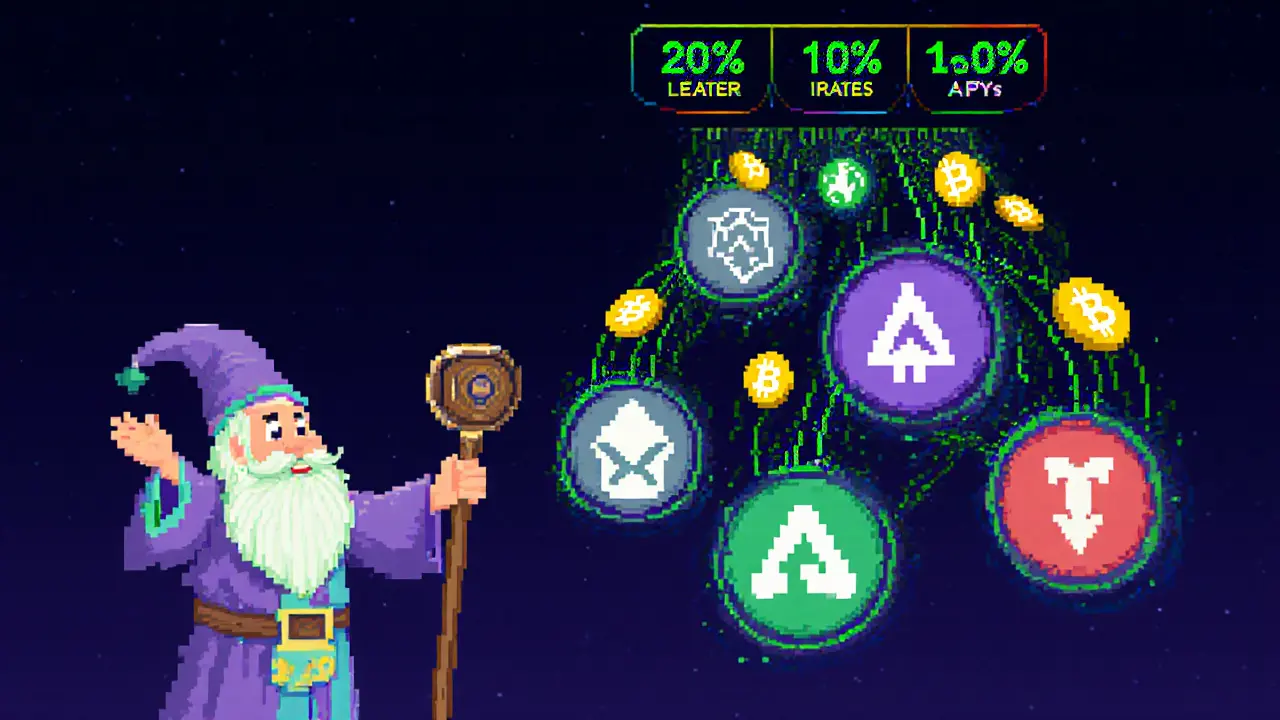
Deflationary Tokenomics & Buyback Cycle
ABRA’s scarcity is reinforced by the ongoing buyback‑and‑burn routine. Every week, the platform calculates net profits after gas and fees, then converts a fixed percentage (typically 30%) into ABRA on major exchanges. The purchased tokens are sent to a burn address, permanently removing them from supply.
This creates a two‑fold effect:
- Reduced Circulating Supply - Fewer tokens mean each remaining token represents a larger share of the total value.
- Buying Pressure - Regular market purchases can help stabilize price during bearish phases.
The success of this model hinges on consistent yield generation. If the platform’s strategies under‑perform, buybacks shrink, potentially flattening the token’s price trajectory.
How Cadabra Stacks Up Against Competitors
| Feature | Cadabra Finance | Yearn Finance | Beefy Finance | Harvest Finance |
|---|---|---|---|---|
| Multi‑chain support | 5+ chains (EVM focused) | 3 major chains | 7+ chains | 2 chains |
| Automated re‑allocation | Yes, single‑tx compounding | Partial (manual vault switch) | Yes, but per‑vault | No |
| Deflationary token model | ABRA - buyback & burn | YFI - static supply | BIFI - no buybacks | HFT - static supply |
| Governance power | ve(3,3) lock‑based voting | YFI token voting | BIFI token voting | HFT token voting |
| Typical fee | 0.5% of yield | 0.5‑2% | 0.5‑1% | 0.7‑1.5% |
| Liquidity (24‑h volume) | ≈$4.3M (ABRA) | ≈$300M (YFI) | ≈$120M (BIFI) | ≈$30M (HFT) |
Cadabra differentiates itself with a built‑in buyback engine and a ve(3,3) governance twist that few competitors use. However, its lower liquidity and younger codebase can make it riskier for large investors.
Risks, Fees, and Smart‑Contract Concerns
Even with automation, the platform isn’t risk‑free. The key points to watch are:
- Smart‑contract vulnerability: If the core contract is exploited, users could lose custody of their deposited assets. Cadabra claims internal audits but public third‑party reports are scarce.
- Liquidity crunch: Low ABRA trading volume may cause slippage when the platform buys back tokens, reducing the effectiveness of the deflationary model.
- Fee impact: While the 0.5% fee is modest, compounding over time can erode returns, especially in low‑yield environments.
- Algorithmic missteps: In volatile markets, the automated re‑allocation might chase fleeting APYs, leading to higher gas costs and occasional under‑performance versus a well‑timed manual strategy.
Users should treat Cadabra as a tool for passive income, not a guarantee of outsized profits.
Getting Started - Step‑by‑Step Guide
- Install a Web3‑compatible wallet (MetaMask, Trust Wallet, etc.).
- Visit the official Cadabra Finance dashboard (ensure you’re on the genuine domain).
- Connect your wallet and approve the platform to view your address.
- Deposit supported assets (e.g., USDC, ETH, BNB) into the “Strategy Vault” of your choice.
- If you want governance influence, lock a portion of ABRA in the ve(3,3) contract - the longer you lock, the more voting weight you receive.
- Monitor the “Performance” tab to see real‑time APY, fees, and any upcoming re‑allocation events.
All transactions will require a small amount of gas; the platform batches actions when possible to keep costs low.
Future Outlook - Where Is Cadabra Heading?
The platform’s next milestones, according to community chatter, include:
- Adding support for non‑EVM chains like Solana and Cosmos, broadening yield sources.
- Publishing a third‑party audit from a recognized firm (e.g., CertiK).
- Launching a “strategic partnership” program with emerging DeFi projects, potentially boosting ABRA’s utility.
If these upgrades materialize, Cadabra could climb the liquidity ladder and attract larger LPs. Conversely, if smart‑contract exploits surface, the deflationary token model may suffer irreversible damage. As with any crypto venture, diversification and due diligence remain essential.
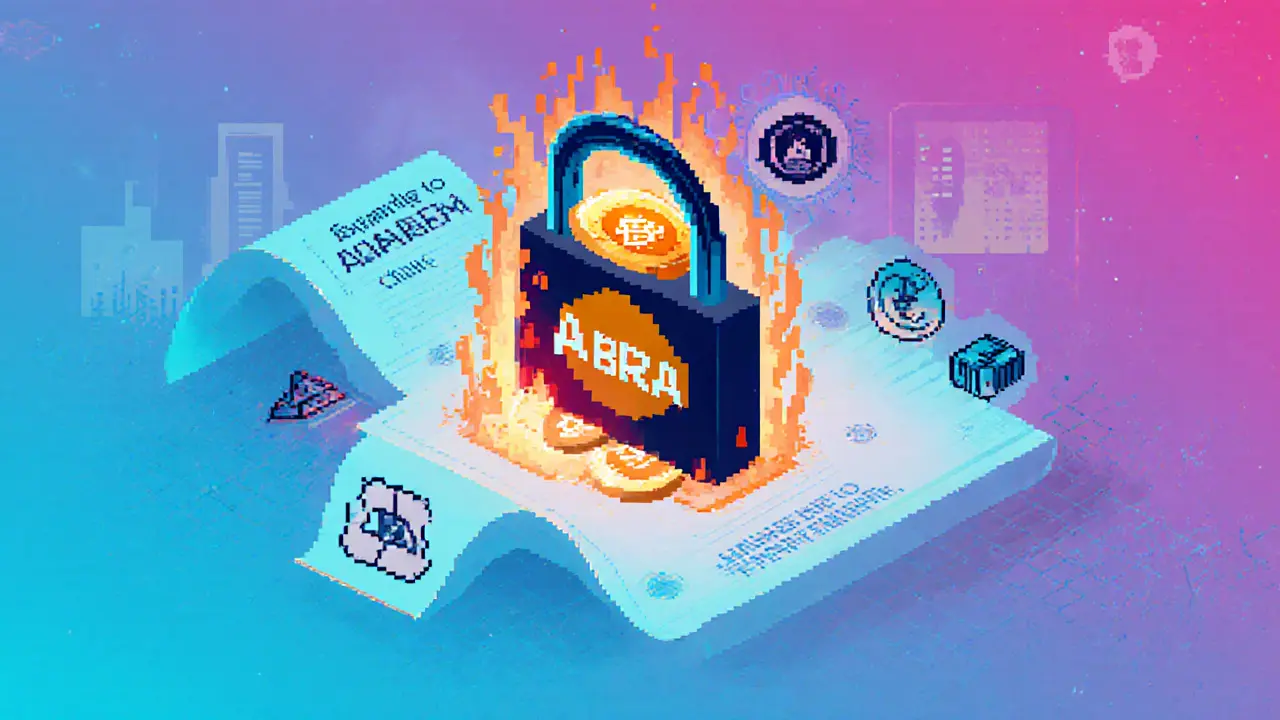
Frequently Asked Questions
What does the ABRA token do?
ABRA serves as the utility and governance token for Cadabra Finance. Holders can lock ABRA to gain voting power in the ve(3,3) model, earn a share of platform fees, and benefit from weekly buyback‑and‑burn events that aim to increase token scarcity.
Is Cadabra Finance safe for my funds?
Safety depends on the solidity of Cadabra’s smart contracts. The project reports internal audits but lacks a publicly available third‑party audit, so there is an inherent risk. Users should only allocate funds they can afford to lose and consider diversifying across multiple yield platforms.
How does Cadabra’s multi‑chain feature work?
The platform runs a cross‑chain oracle that pulls APY data from supported EVM networks (Ethereum, BSC, Polygon, Avalanche, Fantom, etc.). When a higher‑return opportunity appears on any of these chains, Cadabra’s algorithm triggers a single transaction that moves assets across bridges and redeposits them into the new protocol.
What fees does Cadabra charge?
Cadabra takes a flat 0.5% of the yield generated by each strategy. This fee is deducted before compounding and is used to fund buybacks, cover gas costs, and support platform development.
Can I withdraw my assets at any time?
Yes. Users can exit any vault with a single click on the dashboard. Withdrawal may incur a small gas fee and, on rare occasions, a brief waiting period if the platform is re‑balancing funds across protocols.

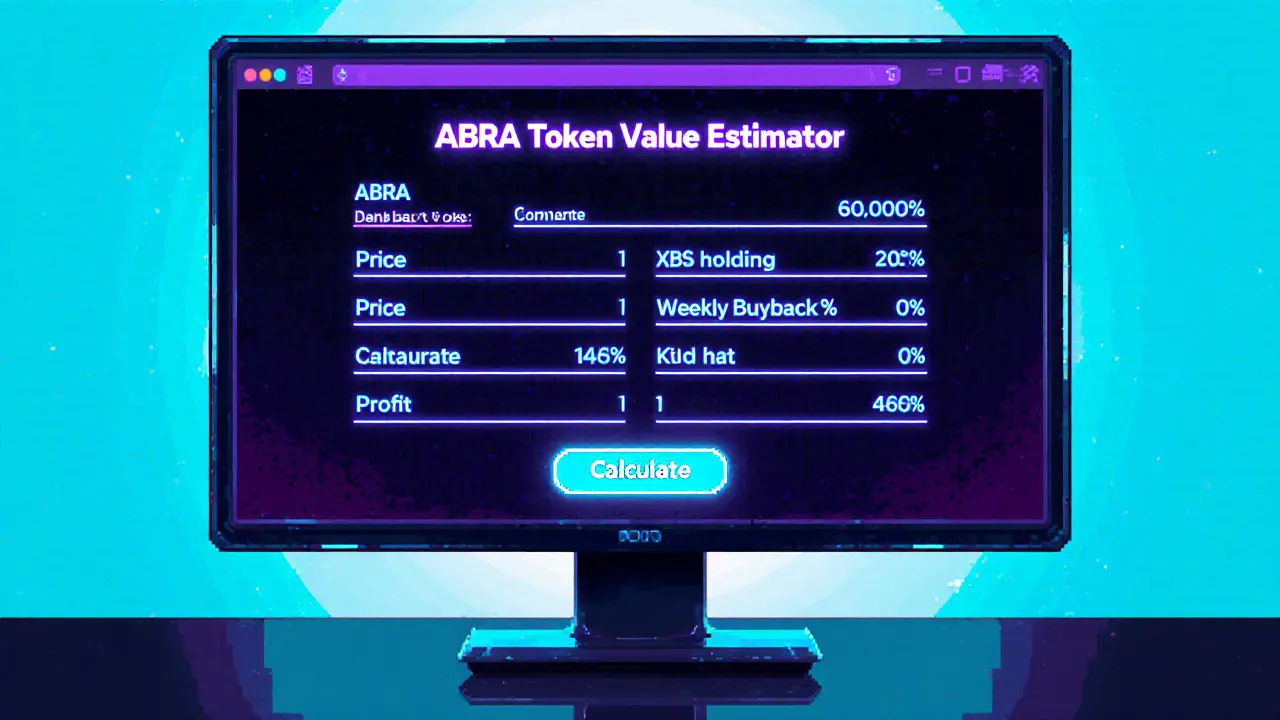
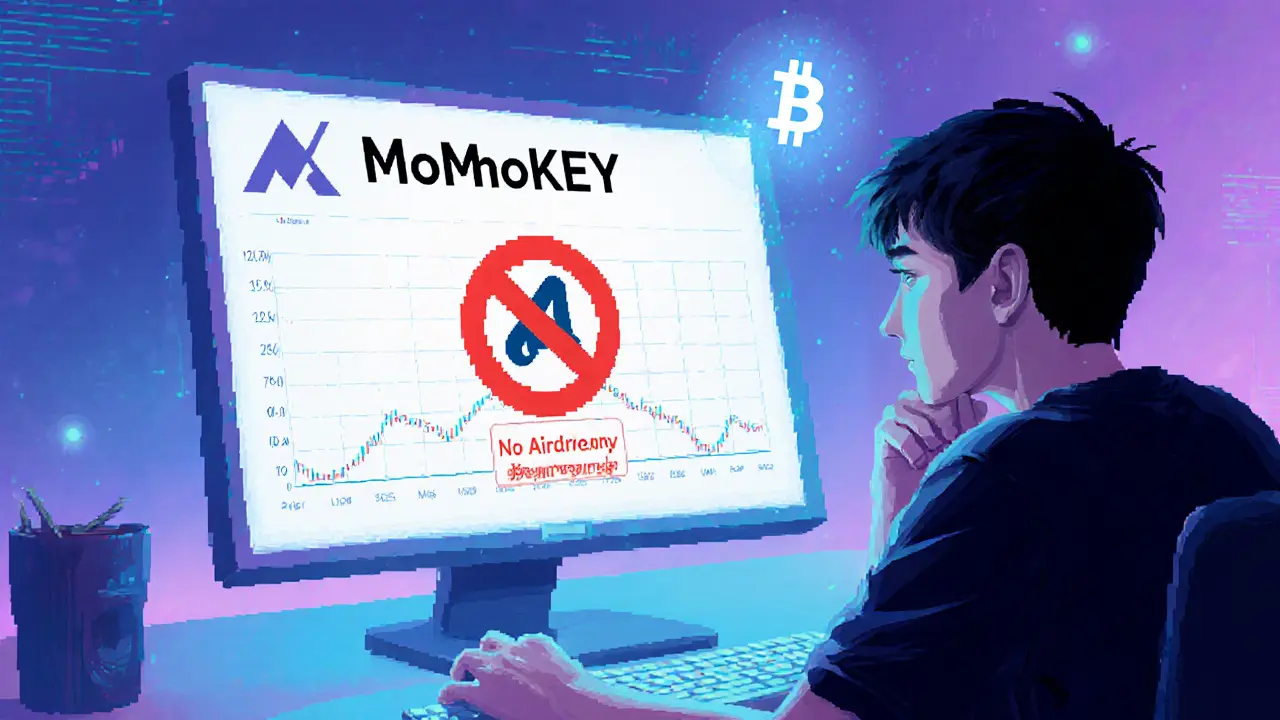
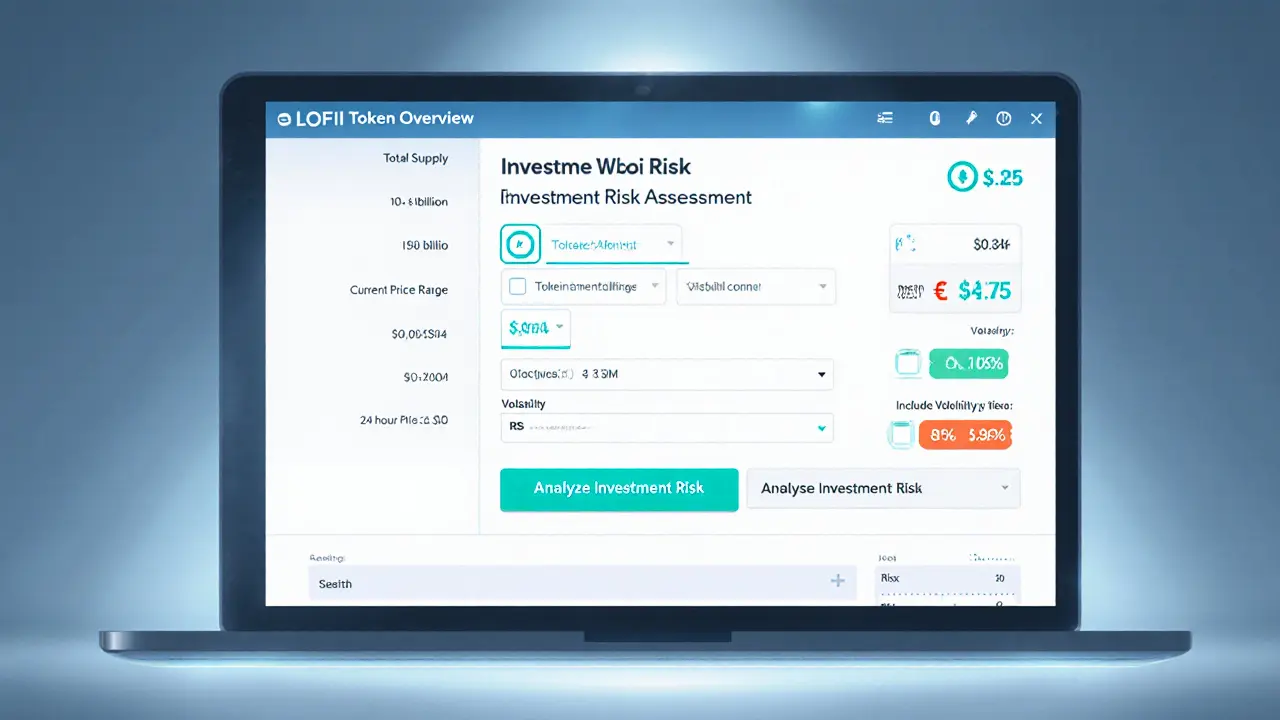


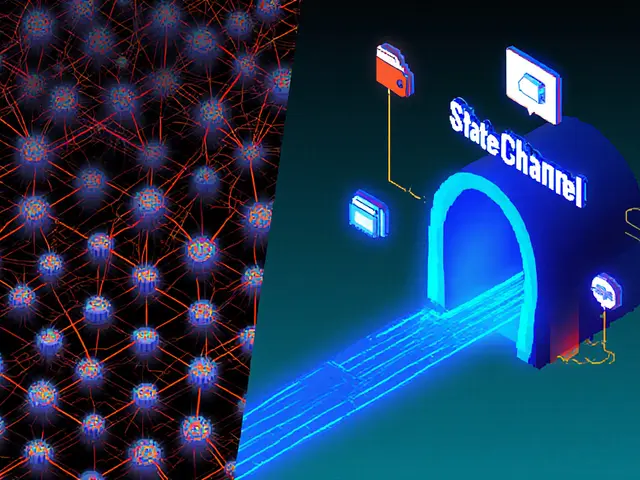
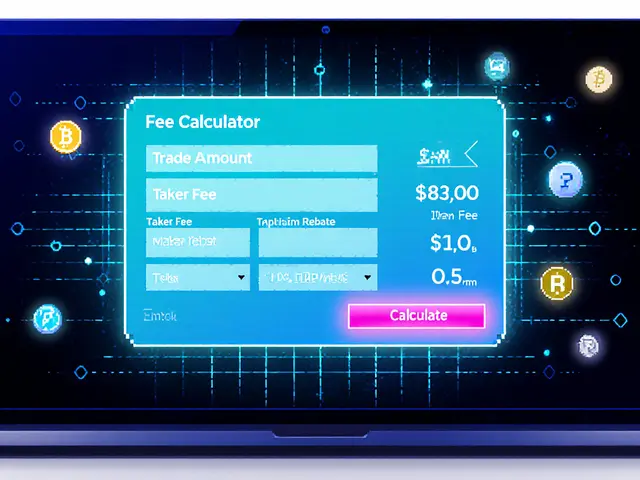
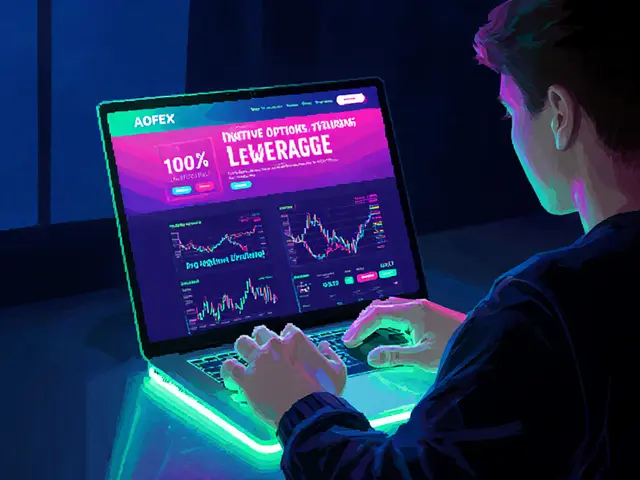
Andy Cox
June 5, 2025 AT 21:14Looks like Cadabra Finance is trying to blend yield farming with tokenomics, interesting enough.
emmanuel omari
June 6, 2025 AT 11:07Cadabra's buy‑back‑and‑burn model is a textbook example of how emerging markets can leverage token scarcity to drive capital inflow, and anyone ignoring this mechanism is simply blind to the future of African finance.
Courtney Winq-Microblading
June 7, 2025 AT 01:00The notion of a deflationary token feels almost poetic in the chaotic sea of inflationary DeFi projects.
When a protocol commits to burning its own token, it creates a narrative of scarcity that can shift investor psychology.
Yet, the underlying economics still depend on genuine revenue streams to fund those buy‑backs.
If the platform's profits falter, the whole mechanism becomes a hollow promise.
So, while the idea is elegant, real‑world sustainability will be the true test.
katie littlewood
June 7, 2025 AT 14:54Alright, let me unpack this a bit because there’s a lot to love and a few things to watch out for.
First, the buy‑back‑and‑burn model is a clever way to align incentives; as the supply contracts, each remaining ABR token ideally gains value, rewarding long‑term holders.
Second, the deflationary pressure can help counteract the typical token dilution we see in many yield farms, which often erodes confidence over time.
Third, the platform’s profits are the fuel for this engine, so transparency about revenue sources is crucial – we need to know where that money is really coming from.
Fourth, users should keep an eye on the frequency and percentage of buy‑backs; too aggressive a schedule might strain liquidity, while too timid a schedule could render the model ineffective.
Fifth, the integration with other protocols means ABR could benefit from network effects, but also inherit their risks, so diversification remains wise.
Sixth, community governance plays a role – if token holders can influence burn rates, that adds a democratic layer to the economics.
Seventh, the token’s utility beyond speculation, such as staking rewards or fee discounts, can provide additional demand pillars.
Eighth, the broader market sentiment toward DeFi will inevitably sway ABR’s price, meaning macro‑trends can’t be ignored.
Ninth, security audits and code audits are non‑negotiable; a vulnerability could wipe out the perceived safety of the whole system.
Tenth, keep tabs on the token’s circulating supply metrics – they’re often the most direct indicator of how effective the burns are.
Eleventh, community education is vital – the more users understand the mechanics, the more likely they are to stick around during rough patches.
Twelfth, liquidity pools need healthy depth to avoid slippage when large buy‑backs occur.
Thirteenth, the protocol’s roadmap should outline future enhancements, giving holders a glimpse of long‑term vision.
Fourteenth, watch for potential regulatory scrutiny, especially as deflationary tokens attract attention from authorities.
Fifteenth, finally, remember that no model is perfect; diversification and risk management remain your best allies.
Overall, Cadabra Finance’s ABR token presents an intriguing blend of tokenomics and yield generation, but success will hinge on execution, transparency, and community engagement.
Jenae Lawler
June 8, 2025 AT 04:47While many laud the ostensible elegance of Cadabra's burn protocol, one must question whether such a contrived scarcity truly adds substantive value or merely fashions an illusion of scarcity for speculative gain.
The deployment of a fixed buy‑back percentage, unanchored to demonstrable profit metrics, risks devolving into a performative ritual rather than a sustainable economic lever.
Moreover, the presumption that scarcity inexorably translates to price appreciation neglects the manifold externalities influencing market sentiment.
In sum, without rigorous audit trails and transparent accounting, the purported benefits remain, at best, conjectural.
Chad Fraser
June 8, 2025 AT 18:40Yo, this ABR thing looks like a solid boost for anyone looking to stack yields and watch their tokens grow.
Keep your eyes on the buy‑back percentages and you’ll see those numbers climb.
Let’s get those gains!
Jayne McCann
June 9, 2025 AT 08:34It’s just another token trying to sound fancy.
Richard Herman
June 9, 2025 AT 22:27Honestly, the concept has potential if the platform stays transparent about where the funds for the buy‑backs originate.
It’s a balancing act, but with community oversight it could work.
Parker Dixon
June 10, 2025 AT 12:20Great breakdown! Just remember to check the contract’s audit reports before diving in. 📊🚀
Stefano Benny
June 11, 2025 AT 02:14Yo, Cadabra’s ABR token is basically a high‑frequency liquidity‑harvest engine with built‑in deflationary dynamics. 🔥💎 If the protocol’s APRs stay >20% after accounting for slippage, you’re golden.
Bobby Ferew
June 11, 2025 AT 16:07Another “innovative” DeFi project promising the moon, yet we all know how these things end up – a flash‑in‑the‑pan that drains wallets faster than a cheap faucet.
celester Johnson
June 12, 2025 AT 06:00While the lamentation is noted, one must consider that the discourse surrounding token burn mechanisms often suffers from a lack of epistemic humility.
Critiques rooted solely in cynicism overlook the nuanced interplay between supply contraction and demand elasticity.
Thus, dismissing cadabra's approach as mere hype discounts the possibility of genuine value creation.
Prince Chaudhary
June 12, 2025 AT 19:54Respectfully, I think the community should focus on solid fundamentals and keep the hype in check – consistent performance beats flash‑boys every time.
John Kinh
June 13, 2025 AT 09:47Meh, same old DeFi hype 😂
VICKIE MALBRUE
June 13, 2025 AT 23:40Stay positive, keep learning!
Waynne Kilian
June 14, 2025 AT 13:34i think cadabra is really intersting but also i cant help but wonder if its just another wave that will crash im not sure i trust a token that burns it self its kinda like watching a house of cards falling but maybe there's a bright side i dont know maybe the community will support it its a gamble but thats what crypto is all about i guess
Naomi Snelling
June 15, 2025 AT 03:27Don't forget the hidden hand guiding these so‑called "decentralized" projects – central banks and shadowy entities are likely funneling capital to sway token prices, making ABR just another pawn in a larger surveillance game.
Michael Wilkinson
June 15, 2025 AT 17:20Look, I’m all for innovative finance, but let’s keep it real – aggressive buy‑backs can manipulate markets, and we should call that out.
Billy Krzemien
June 16, 2025 AT 07:14Cadabra Finance leverages a yield‑aggregating strategy that automatically routes deposits to the most profitable DeFi protocols, optimizing returns while minimizing gas costs.
Through its smart contract architecture, profits are harvested and a predetermined portion is used to purchase ABR tokens on open markets.
These tokens are then burned, reducing total supply and theoretically increasing per‑token value.
Key considerations for participants include the transparency of profit reporting, the frequency of buy‑backs, and the security audit status of the contracts.
Overall, the model aims to provide a synergistic loop of yield generation and token appreciation.
april harper
June 16, 2025 AT 21:07Honestly, this feels like another overhyped gimmick that will fade once the next big thing drops.
Clint Barnett
June 17, 2025 AT 11:00Let’s break down why Cadabra’s approach could be a game‑changer for many users.
First, the automated yield aggregation means you don’t have to manually hop between farms, saving time and reducing transaction fees.
Second, the buy‑back‑and‑burn mechanism introduces a deflationary pressure that, if executed consistently, can enhance token scarcity.
Third, the transparent dashboard provides real‑time insights into holdings, profit calculations, and upcoming buy‑backs, fostering trust.
Additionally, the protocol’s governance token offers holders voting rights, aligning incentives between developers and the community.
However, it’s essential to monitor the sustainability of the profit streams that fund the burns; if the underlying projects underperform, the entire model could lose its edge.
Security audits must be up‑to‑date, and any future upgrades should undergo rigorous testing.
In summary, Cadabra marries yield optimization with tokenomics, presenting a compelling, albeit not risk‑free, opportunity for DeFi enthusiasts.
Jacob Anderson
June 18, 2025 AT 00:54Oh great, another “revolutionary” token – because the crypto world definitely needed more of those.